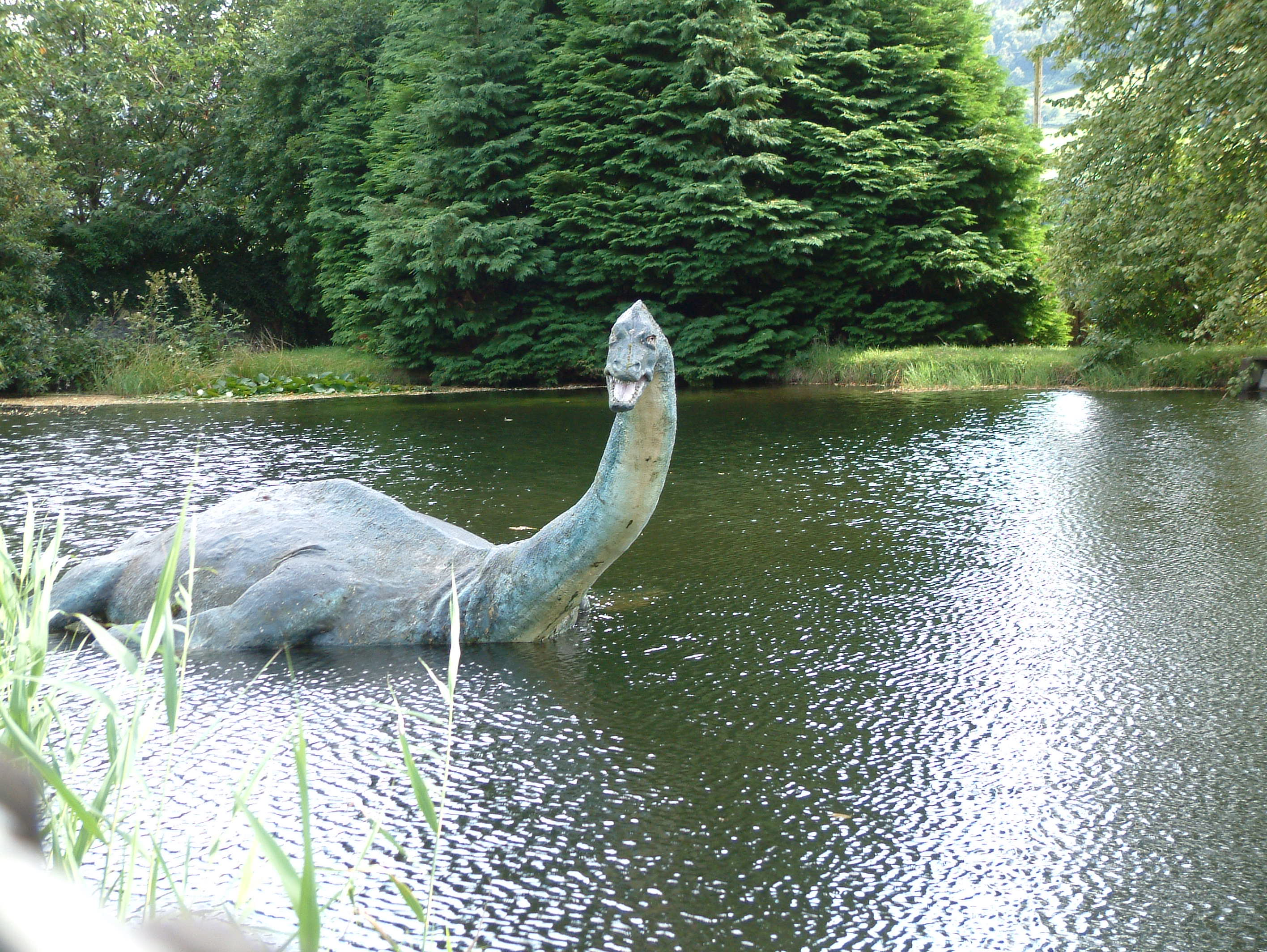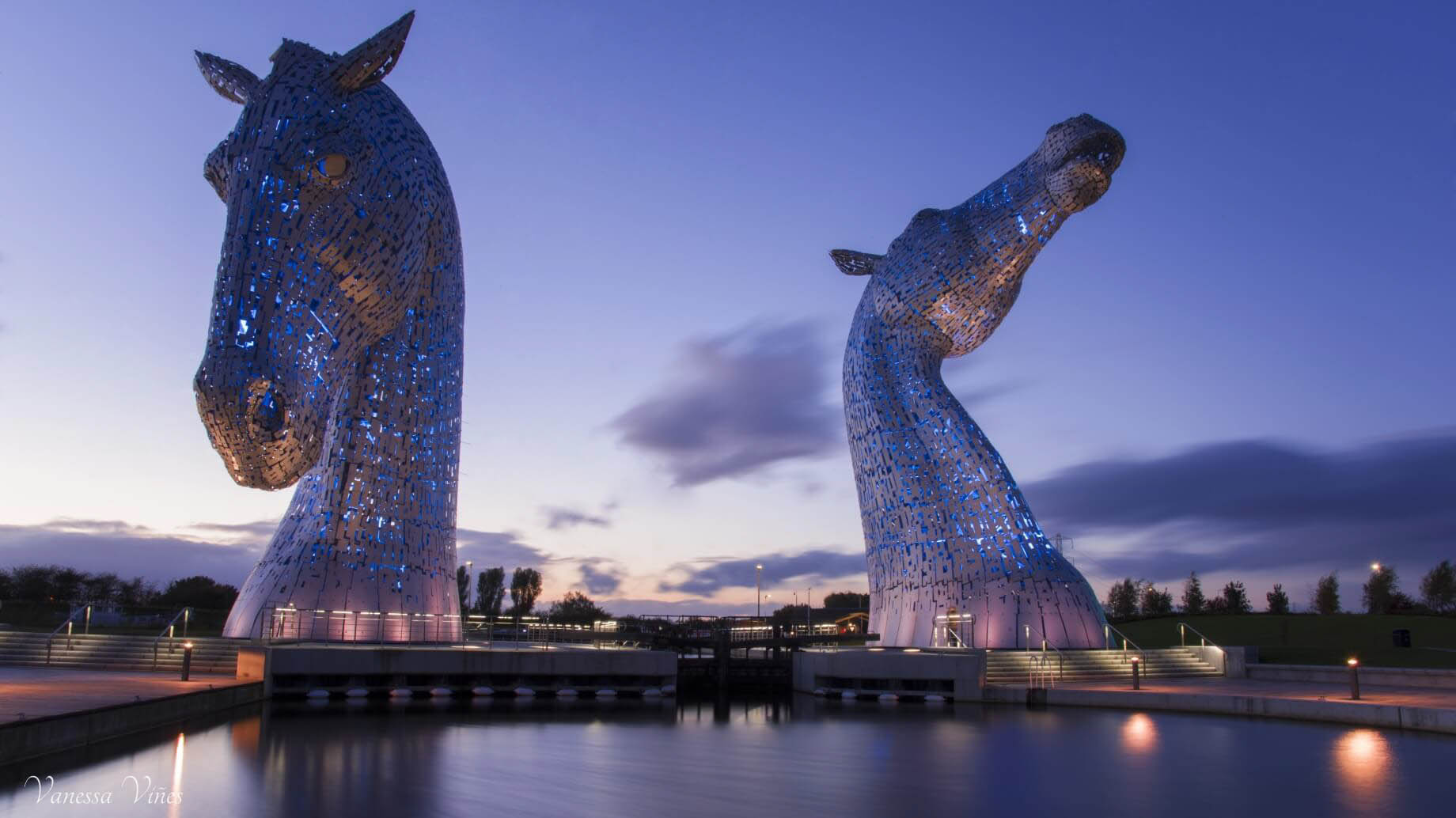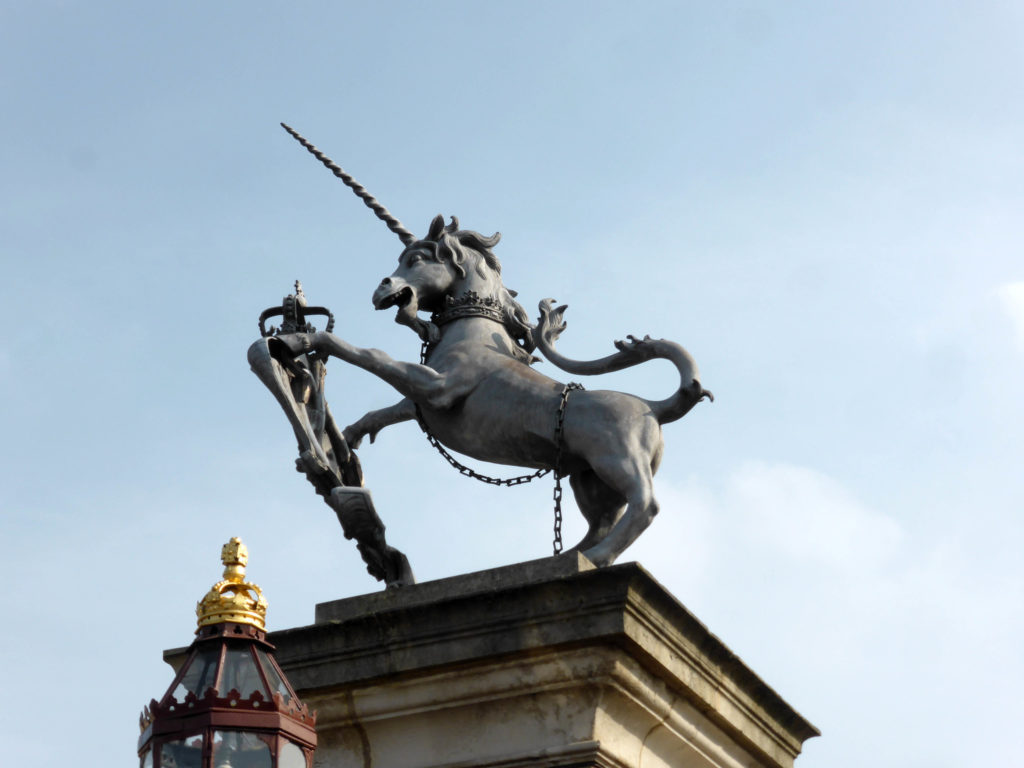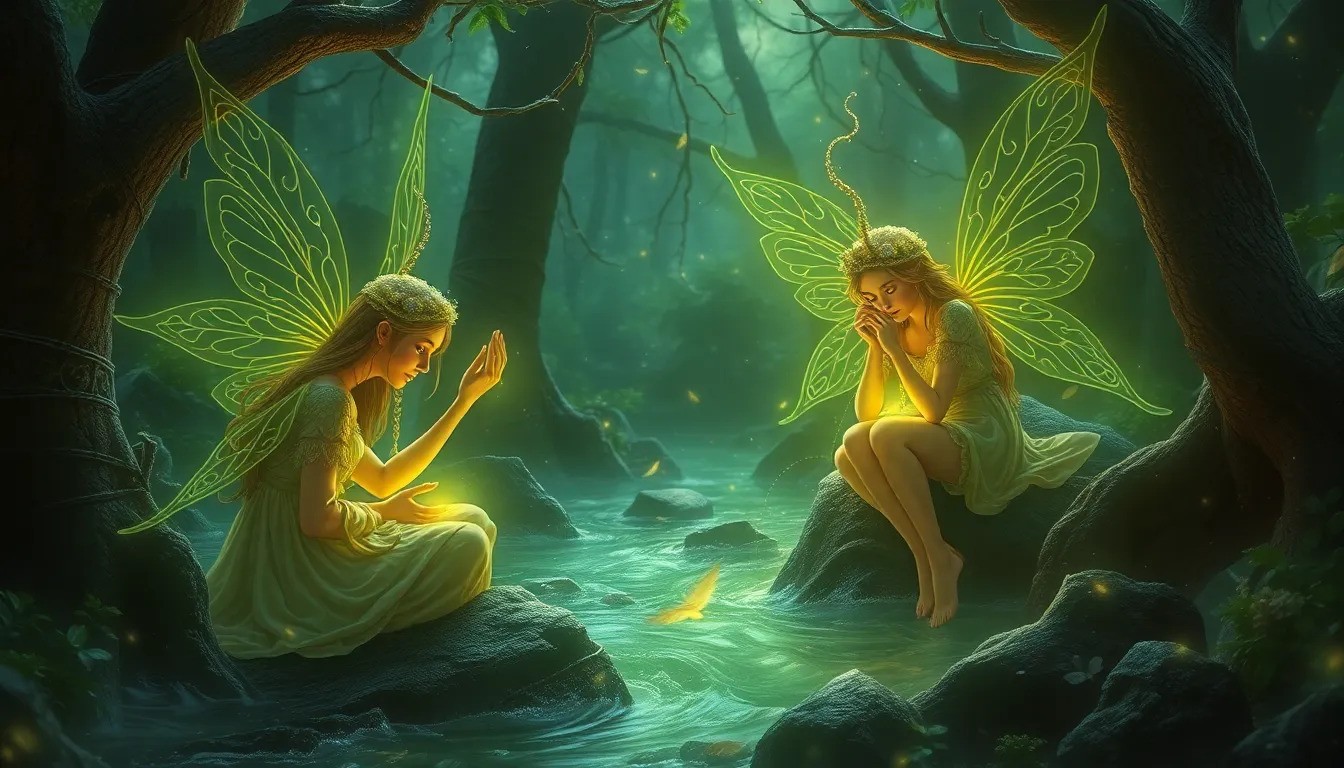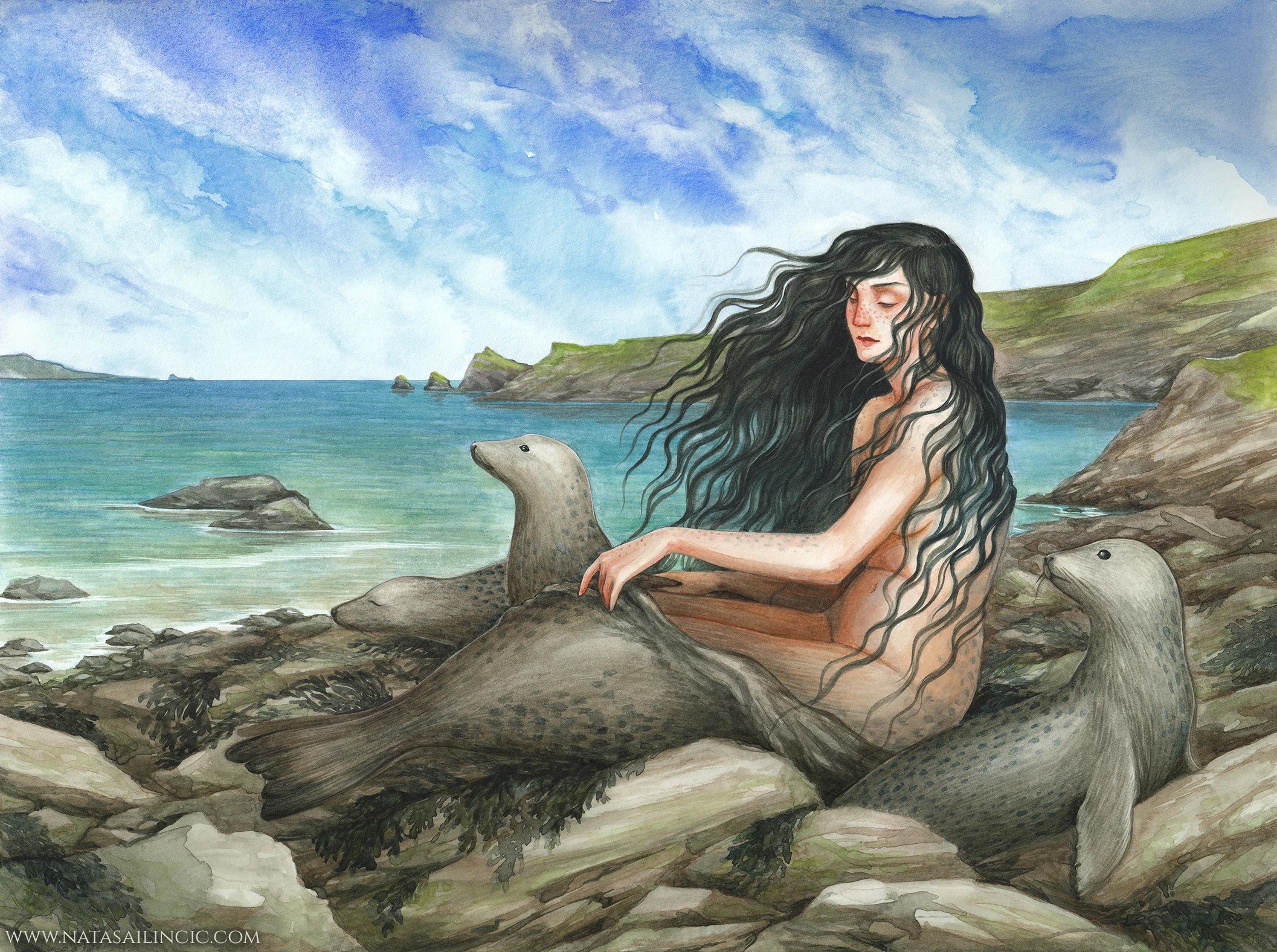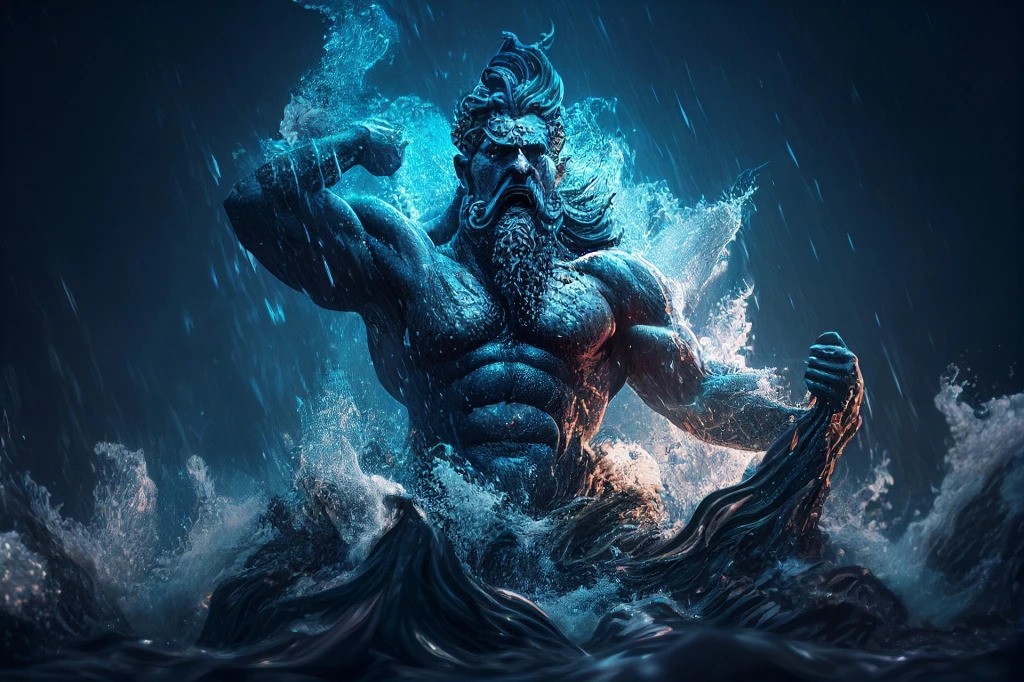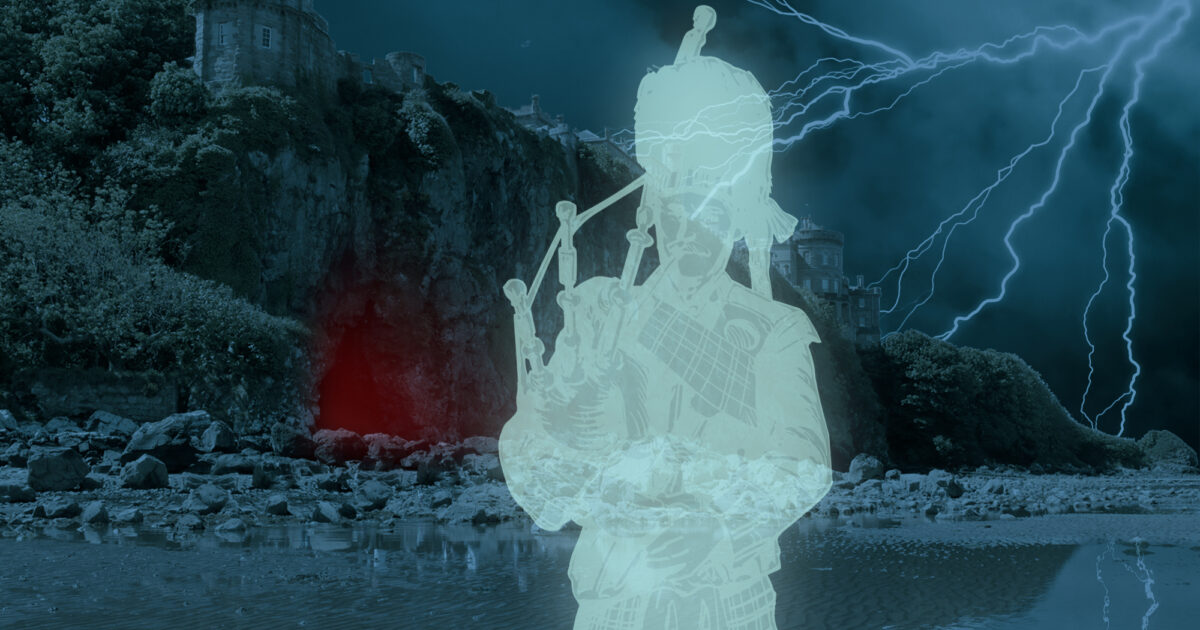Mystical Scottish Legends And Folklore - What Are The Most Famous Tales?
The mystical legends of Scotland offer a glimpse into a world where the boundaries between reality and myth blur. These tales have been passed down through generations, capturing the hearts of those who hear them.
Dec 13, 20245.2K Shares139.4K Views
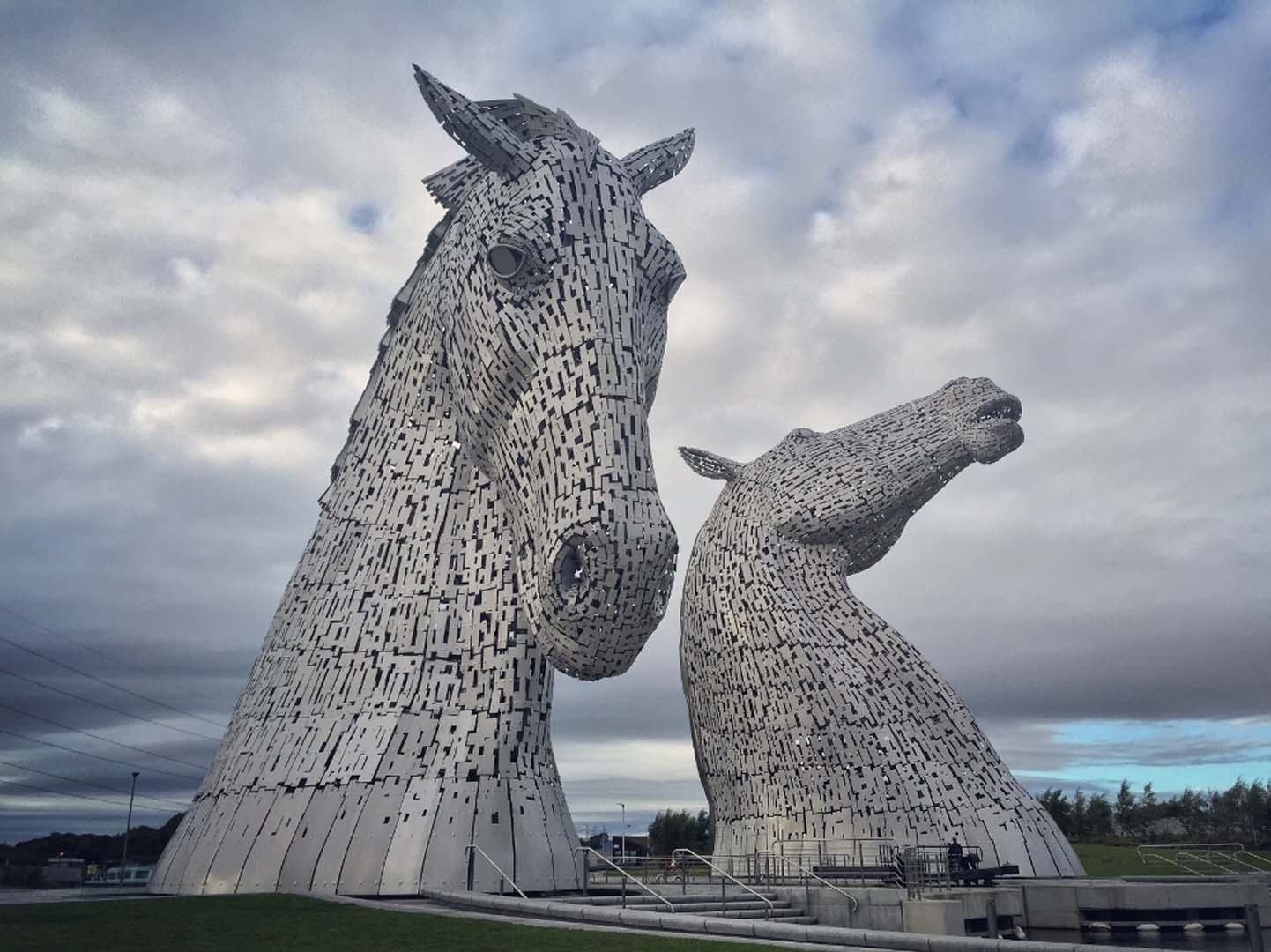
Scottishlegends and folklore captivate the imagination, weaving tales of mythical creatures, ancient battles, and ethereal beings that shape the cultural landscape of Scotland. These stories, passed down through generations, provide insight into the values, beliefs, and traditions of the Scottish people.
Rooted in history and steeped in mystery, Scottish folklore remains a vibrant part of the nation's identity. These legends often reflect the country’s untamed natural beauty and its deep connection to the supernatural.
The Loch Ness Monster (Nessie)
The Loch Ness Monster, affectionately known as Nessie, is one of Scotland’s most famous and enduring myths. First recorded in 565 AD by Irish monk St. Columba, the legend truly took off in the 20th century, especially after a 1933 sighting and subsequent photo that seemed to show the creature. Nessie is often described as a large, long-necked creature with a hump on its back, resembling a prehistoric marine reptile.
Despite widespread skepticism, the mystery of the Loch Ness Monster continues to captivate the world, with many visitors coming to Loch Ness in hopes of catching a glimpse of the elusive beast. The loch itself, deep and murky, is the perfect setting for such a mystery, with its waters hiding more than they reveal.
The Kelpies
Kelpies are mythical, shape-shifting water spirits in Scottish folklore, often depicted as horse-like creatures with immense strength. These creatures are said to possess the power of 100 horses and are known for their dark, treacherous nature. According to legend, kelpies lure unsuspecting travelers to their doom by offering a ride before dragging them into the water.
The most famous location associated with the kelpie legend is Loch Coruisk on the Isle of Skye, where the water spirits are believed to dwell. These eerie creatures embody the dangers of Scotland’s wild waters and have been the subject of stories for centuries.
The Unicorn
The unicorn, Scotland’s national animal, represents purity, nobility, and the untamed beauty of the Scottish landscape. The legend of the unicorn can be traced back to ancient Celtic beliefs, and by the 12th century, it had become a symbol of Scottish royalty. The majestic, powerful creature was often depicted in heraldry, particularly in the royal coat of arms, symbolizing the strength and independence of the Scottish monarchy.
Scotland’s wild landscapes, with their rugged mountains and mist-covered valleys, make the unicorn an apt symbol for a country that has always prided itself on its independence. The unicorn is also tied to a deep sense of freedom and the untamable spirit of Scotland.
Fairies (The Sidhe)
In Scottish folklore, the Sidhe are a race of supernatural beings often described as fairies, though their nature can vary from benevolent to mischievous. These creatures are believed to inhabit hidden realms, often in mounds or under hills, and are known to have great power over the human world.
In some tales, the Sidhe offer good fortune to those who honor them, while in others, they seek revenge on those who dare disturb their domain. The Sidhe are known for their mystic sense and its offerings, closely associated with the magical landscapes of the Scottish Highlands, especially places like the Fairy Pools on the Isle of Skye, where water is said to have mystical properties.
Legend has it that if you venture too deep into the forests or too far from the beaten path, you may encounter the Sidhe, who will either reward you with luck or punish you for your curiosity. The Sidhe are a reminder of Scotland’s deep connection to nature, the mystical, and the unseen forces that shape its landscapes.
Read Also: Things To See And Do In Scotland
Selkies
Selkies are shape-shifting creatures that live in the seas around Scotland, particularly in the northern islands of Orkney and Shetland. These magical beings can transform from seals to humans when they come ashore, where they are often depicted as beautiful and enchanting.
The legend of the selkie is one of love and loss, with tales of sailors falling in love with the selkies only for them to return to the sea, leaving their human lovers heartbroken. The selkies' allure and tragic stories have made them a powerful symbol of unattainable love and the pull of the sea.
The Outer Hebrides, Orkney, and Shetland are key locations where you can still hear stories of selkies and experience their mystique. The islands’ rugged beauty and isolation provide the perfect backdrop for this hauntingly beautiful legend, where the sea holds the secrets of these shape-shifting creatures. These tales, along with other aspects of Scottish traditions and customs, reflect the rich culture that defines Scotland.
The Blue Men Of The Minch
The Blue Men of the Minch are a unique and lesser-known part of Scottish mythology, believed to inhabit the turbulent waters between the Isle of Lewisand the Scottish mainland. These supernatural beings are said to be blue-skinned, with a wild and unruly nature, and they are known for creating storms at sea to drown sailors.
According to legend, the Blue Men would challenge sailors to a riddle contest, and if they failed to answer correctly, they would be doomed to the depths. The storms they conjure are said to be a warning for those who sail these waters without respect for the old ways.
Although the Blue Men are not as widely known as creatures like Nessie or selkies, their legends are deeply rooted in the maritime culture of the Outer Hebrides. Today, the Minch remains a treacherous stretch of water, and the tale of the Blue Men continues to be shared by local fishermen and sailors.
Ghosts Of Scotland
Scotland is famous for its ghost stories, with many of its castles, cemeteries, and ancient sites believed to be haunted by spirits from the past. The Green Lady, the ghost of a woman seen in Crathes Castle, is one of the most famous spectral figures in Scotland, often reported carrying a child in her arms. Another well-known haunt is the Greyfriars Kirkyard in Edinburgh, where the ghost of Sir George Mackenzie, known as the "Bluidy Mackenzie," is said to roam.
Perhaps the most famous ghost in Scotland is the Headless Drummer of Edinburgh Castle, whose ghostly drumming can still be heard echoing through the castle’s halls. These and many other ghost stories make Scotland one of the most haunted countries in the world, where the past seems to linger in the present.
FAQs
Where Can I Find The Loch Ness Monster?
The best place to search for the Loch Ness Monster is Loch Ness itself, located in the Scottish Highlands. Urquhart Castle, situated on the loch’s banks, also provides a great vantage point for spotting the elusive creature.
Are There Real-life Locations Associated With The Kelpies?
The famous Kelpies sculptures are located in Falkirk, near the Forth & Clyde Canal. These massive horse-head statues stand as a tribute to the mythical kelpies, and visitors can learn about the folklore surrounding these water spirits at the site.
What Is The Significance Of The Unicorn In Scottish History?
The unicorn is Scotland's national animal and has been a symbol of power, nobility, and independence since the 12th century. It was used extensively in Scottish heraldry and is associated with the royal family, symbolizing the strength and spirit of Scotland.
Can I Visit Places Connected To The Sidhe Fairies?
The Isle of Skye is one of the best places to explore the fairy lore of Scotland. Locations like Fairy Glen and Fairy Pools are steeped in mythology, with many locals and visitors claiming to feel the presence of the Sidhe during their visit.
Are There Any Haunted Places I Can Visit In Scotland?
Scotland is famous for its haunted sites. Edinburgh is home to several spooky locations, including the Greyfriars Kirkyard and Edinburgh Castle, where ghostly apparitions like the Headless Drummer are said to appear.
Conclusion
Scotland’s rich heritage of legends and folklore adds an enchanting layer to its already breathtaking landscapes. These tales of the supernatural have shaped the country’s identity for centuries.
Scotland is a place where history, mystery, and magic coexist, offering visitors a chance to step into a world where myths still feel very much alive. Scotland’s heritage sites are the perfect place to start your adventure into the world of Scottish folklore.
You Might Also Like: The Scottish Folklore With Local Guides
Latest Articles
Popular Articles
